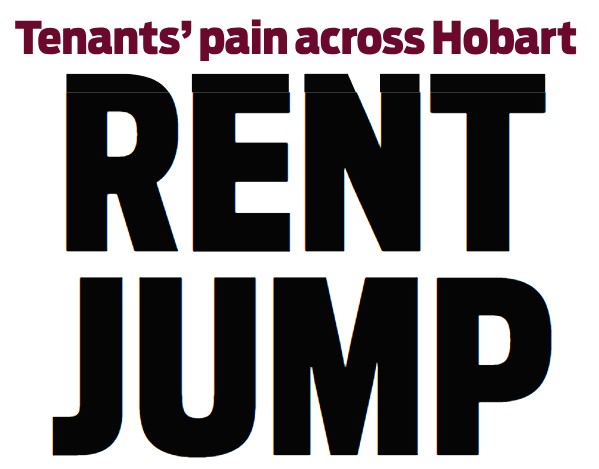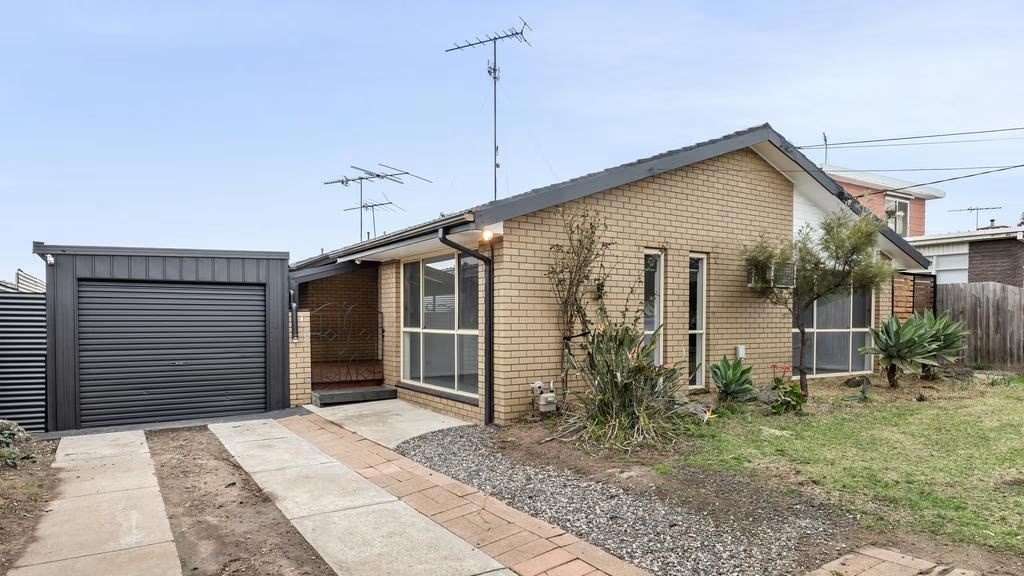Housing crisis leaves Victorian town Castlemaine with just 10 homes to rent
Nov 2024Karen Millers
Categories
Location ReportsMedia releasesNational market updatesPersonal advisersPIPA AdviserPIPA Annual Investor Sentiment SurveysPIPA Member ProfilesPIPA video updatesPIPA webinarsPodcastsProperty advisersProperty newsUncategorisedLatest Articles
The 10 “hottest” property markets around the nation revealed
TEA TREE GULLY : North Eastern Suburbs of Adelaide
Safeguarding Property Businesses Against Cyber Threats
Young purchasers sidelined as key buyer group returns to market
In the past year, Shantelle Podhaczky has made a bed in all sorts of places including train stations, and on the loungeroom floors of her friends’ houses.
At the moment, the place she calls home is a tent, which she shares with her 19-year-old son Zeon Kitchingman-Podhaczky, who has ADHD and autism.
The residents of Castlemaine, in regional Victoria, are among thousands of Australians trying to secure a rental.
Data from PropTrack shows there are 68 regional cities (with 20,000 or more people) that have a less-than-1-per-cent rental vacancy rate.
Nowhere to rent
As the end of their lease approached, Ms Podhaczky was applying for between 20 and 30 houses a week across regional Victoria and Melbourne’s outer suburbs.
“We go online and look at the rental market and in the last 24 months prices have just skyrocketed,” Ms Podhaczky said.
“I’ve gone from hardly being able to afford a rental, and maybe being able to get someone else in to rent with me, but now, there’s not even that available.”
Ms Podhaczky said the asking price for rentals in Castlemaine was $1,300 a fortnight — $200 more than she gets from Centrelink.
Investors selling up, renters worse off
The family’s story has become a common one across much of Australia.
Housing data from PropTrack shows places like the Hume and Warrnambool regions in Victoria, and Toowoomba in Queensland, have the lowest rates of available rentals in the country.
PropTrack’s senior economist Anne Flaherty says outer urban and regional areas are hardest hit by rental shortages as investors sell up.
“It’s wonderful for the owner-occupiers who buy those homes. But, of course, every property that is sold by an investor to an owner-occupier, is one less rental property that is available,” Ms Flaherty said.
A Property Investment Professionals of Australia survey found increased taxes, changing tenancy laws and rising interest rates were the reasons for investors selling up.
Damian Stock, from Bendigo-based community legal centre ARC Justice, said the state’s reforms were better for those wanting to keep their tenancy, but he wanted to see more renters have the confidence to use tenancy rights.
“What is going on there, is the renter is looking at the market more broadly and thinking, ‘If I don’t sustain this tenancy then what are my options elsewhere?'” he said.
“And they know that they don’t have other options elsewhere or those options are very few.”
Victoria’s Residential Tenancies Commissioner Heather Holst has worked in housing since 1989.
She said all the state government’s planning, housing and rental policies announced in October would help renters, if done properly.
“It’s as bad as it’s been for decades and decades to be a renter in Australia at the moment.”
However, she said the tight rental market was the underlying condition of the country’s rental crisis.
Ms Holst said an adequate supply of social housing was “the one big solution” that would make a difference to the rental market and would involve winding back the clock.
“That would mean people who are currently having to rely on private rental don’t have to, they’re in social housing. Like post-war 1950s and 1960s Australia,” she said.
National issue, local fix
Castlemaine, population 20,000, is one of the 68 locations that has a less than 1 per cent rental vacancy rate.
The gold-rush town, a two-hour drive from Melbourne, has an abundance of idyllic miner’s cottages.
But it has just 10 homes listed for lease online in a rental market that, according to local authority Dhelkaya Health, has 600 people actively needing a house.
Its housing workers are trying to find new ways to solve the rental crisis.
Carolyn “Kaz” Neilsen, My Home’s Victoria coordinator for the area, said nearly 90 per cent of the people renting there couldn’t afford the rent they were paying.
Ms Neilsen and the housing team at Dhelkaya Health was getting directly in touch with the owners of the shire’s 1,100 vacant homes to understand “friction points” between potential landlords and renters.
They’re also considering turning “shop-tops” (the second level of a building above a shop) into places to rent.
“We’ve managed to release 10 vacant dwellings as affordable rentals and three shop-tops,” Ms Neilsen said.
“Anecdotally, we hear it would take too much to render [the vacant houses] compliant to the Tenancy Act. A small minority say they’ve had a negative experience. Or the house is wrapped up in a family trust.”
Calls for a return to post-war 1950s and 60s Australia
A rental affordability study by Anglicare Australia earlier this year showed the total number of listings in Australia had been about 45,000 a year for three years in a row – 20,000 less each year than what the social service provider says is the typical number of rentals.
The report also found rents had increased by about 30 per cent since the coronavirus pandemic.
Data from SQM Research shows Australians pay about $701 a week in rent.
“People are just being squeezed out of the rental market,” said Homelessness Australia chief executive officer Kate Colvin.
She also agreed the “housing emergency” for renters was at a point that a return to post-war 1950s and 1960s Australia was needed.
“What we do need to see is more affordable rental housing in these locations, because people just can’t find a rental that they can afford. And the problem is that the most severe are at that cheaper end of the rental market.”
It reached about 35 degrees Celsius inside the tent on one of the days the ABC went to film the Podhaczky family.
Their plan for that day was to dig a hole in the ground so the earth could help cool their esky.
Despite the reforms, Ms Podhaczky is torn over whether continuously filling out rental applications will be worth it.
“It’s tiring emotionally and mentally. You just get to the point where you think, ‘What’s the point?'” she said.
“Even if you go and look at an open house, you’re not the only person there. Now there is upwards of 30 people looking at a property and most of the time you’re wondering why you’re wasting your time putting an application in.”
Originally Published: Tyrone Dalton | ABC News | 11 November 2024
“Licensed by Copyright Agency. You must not copy this work without permission.”




